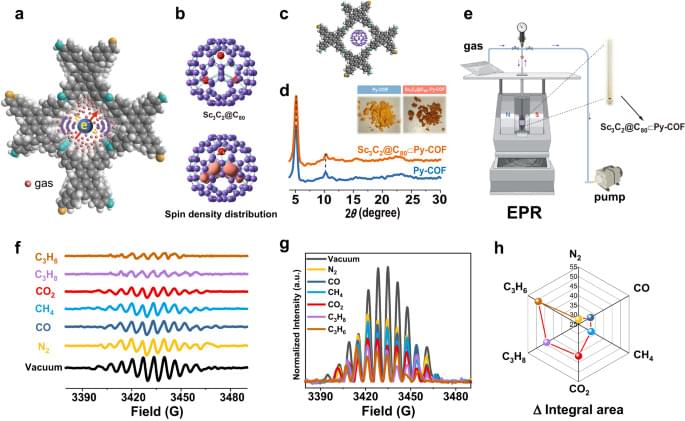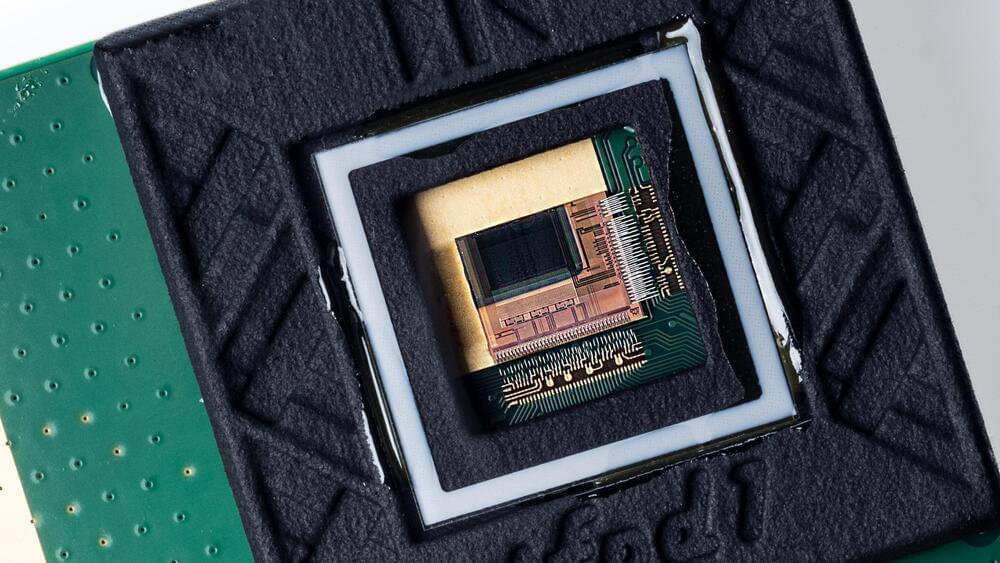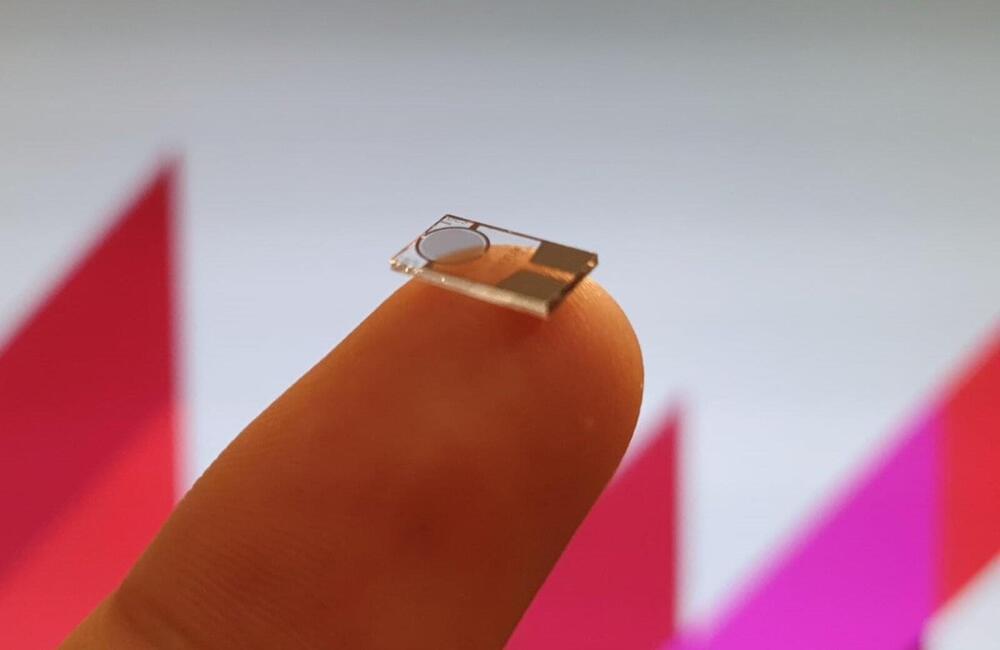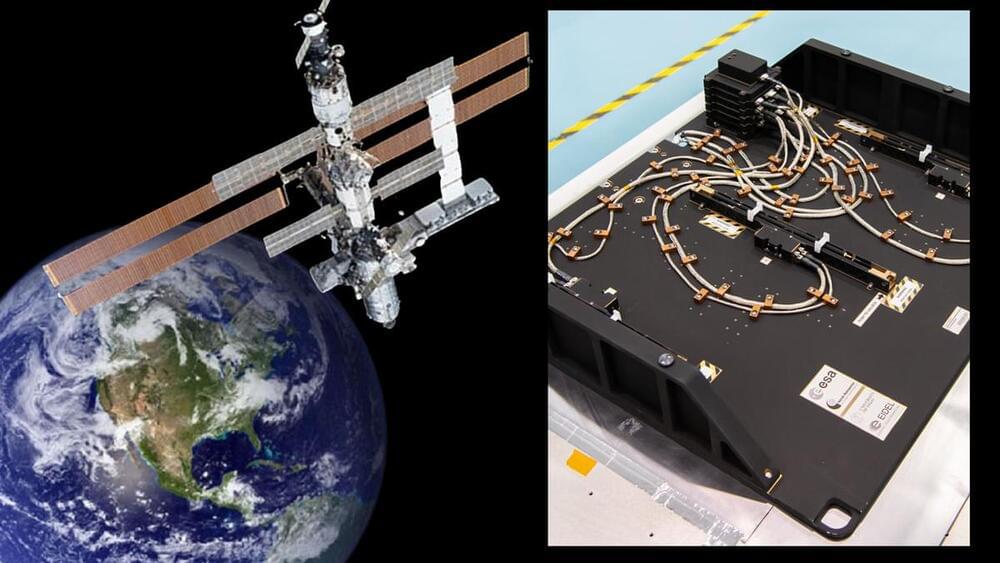Here’s everything you need to know about the Dolby Atmos FlexConnect.



Samsung is the world’s biggest memory chip maker, and the company consistently keeps pushing the boundaries of technology to bring cutting-edge memory products. This time, however, the tech giant has outdone itself by developing a 256TB SSD. Yes, you’ve read it correctly. This is the first 256TB SSD in the industry, and Samsung has teased the latest product at Flash Memory Summit (FMS) 2023 in California, USA.
Samsung announces the world’s first 256TB SSD
As you might imagine, Samsung is aiming this 256TB SSD primarily at hyper-scale data centers. According to Samsung, it uses the 3D QLC NAND technology and consumes approximately seven times less power than stacking eight 32TB SSDs. The tech giant hasn’t revealed any other details about this flash drive. However, considering that it is made for data centers, it most likely has an ESDFF or NGSFF form factor.
The Maui fire. What happened. Many are pointing fingers at Hawian electric with many videos of downed powerlines. There is video taken at the Maui Bird Conservation Center in Makawao appears to show a power pole faulting just before 11 p.m. If Hawai electric turned of power when the winds were very strong there might have been a different scenario. Hundreds of kilometers to the south, Hurricane Dora was moving across the Pacific. On Maui, the wind blew, stronger than is usual for hurricanes on the island. The power then fails. Maui’s first reported wildfire last week may have been caused by damaged power lines, according to newly released research conducted by a power monitoring company. Bob… More.
Videos showing downed power lines apparently sparking some of the early blazes in Maui have become key evidence in search for cause.
This Olinda Fire footage captured by Maui Bird Conservation Center (MBCC) security camera shows the flash when a tree falls on a nearby power line. When the camera turns itself back on, powered by a back-up generator, the forest is ablaze.
Watch more videos on Independent TV: https://www.independent.co.uk/tv/editors-pick.
About The Independent:


Imec, a research and innovation hub in nanoelectronics and digital technologies, has presented the successful integration of a pinned photodiode structure in thin-film image sensors.
The report, published in the August 2023 edition of Nature Electronics, is titled “Thin-film image sensors with a pinned photodiode structure.” Initial results were presented at the 2023 edition of the International Image Sensors Workshop.
With the addition of a pinned-photogate and a transfer gate, the superior absorption qualities of thin-film imagers—beyond one µm wavelength—can finally be exploited, unlocking the potential of sensing light beyond the visible in a cost-efficient way.

STING (short for stimulator of interferon genes) is considered one of the major factors that triggers the immune response in the context of infection, autoimmunity, and cancer. The signaling protein turns on genes involved in cell defense. Now, a team of MIT and Harvard Medical School researchers has discovered that STING can also act as an ion channel that allows protons to leak out of an organelle known as the Golgi body. This makes it the first human immune sensor that can translate danger signals into ion flow.
The findings are published in the journal Science in an article titled, “Human STING is a proton channel.”
“Proton leakage from organelles is a common signal for noncanonical light chain 3B (LC3B) lipidation and inflammasome activation, processes induced upon stimulator of interferon genes (STING) activation,” wrote the researchers. “On the basis of structural analysis, we hypothesized that human STING is a proton channel. Indeed, we found that STING activation induced a pH increase in the Golgi and that STING reconstituted in liposomes enabled transmembrane proton transport.”

Macquarie University engineers have developed a new technique to make the manufacture of nanosensors far less carbon-intensive, much cheaper, more efficient, and more versatile, substantially improving a key process in this trillion-dollar global industry.
The team has found a way to treat each sensor using a single drop of ethanol instead of the conventional process that involves heating materials to high temperatures.
Their research, published in Advanced Functional Materials, is titled, ‘Capillary-driven self-assembled microclusters for highly performing UV detectors.’

As Meta Platforms Inc.’s META latest social media platform, Threads’ daily active user count continues to drop, Elon Musk has accused Mark Zuckerberg’s forum of committing a “cardinal sin.”
What Happened: Meta’s Threads entered the social media arena with much fanfare, quickly attracting over 100 million sign-ups in just five days.
However, the initial hype didn’t translate into long-term user retention, as the daily active user count witnessed a staggering 82% decline since its peak at 44 million users on launch day, reported CNN, citing data from Sensor Tower.

A new space weather sensor is heading to the International Space Station to help scientists understand how the sun’s outbursts alter Earth’s upper atmosphere.
The sensor’s data will help space weather forecasters predict how sudden eruptions of radiation and plasma from the star at the center of our solar system disrupt satellite communication links and affect signals from navigational satellites such as Europe’s Galileo.

In a ground-breaking experiment, researchers from the University of Groningen collaborated with their peers from Nijmegen and Twente universities in the Netherlands, and the Harbin Institute of Technology in China. Together, they confirmed the existence of a superconductive state that was first predicted in 2017.
Their findings, which demonstrate evidence for a unique form of the FFLO superconductive state, were recently published in the journal Nature. This breakthrough has the potential to be impactful, particularly within the field of superconducting electronics.